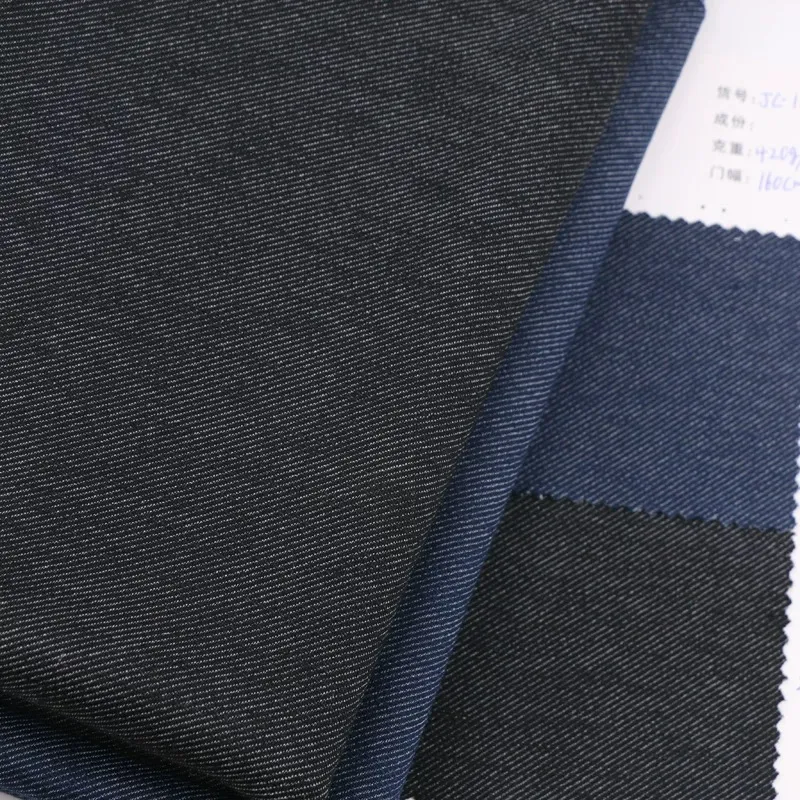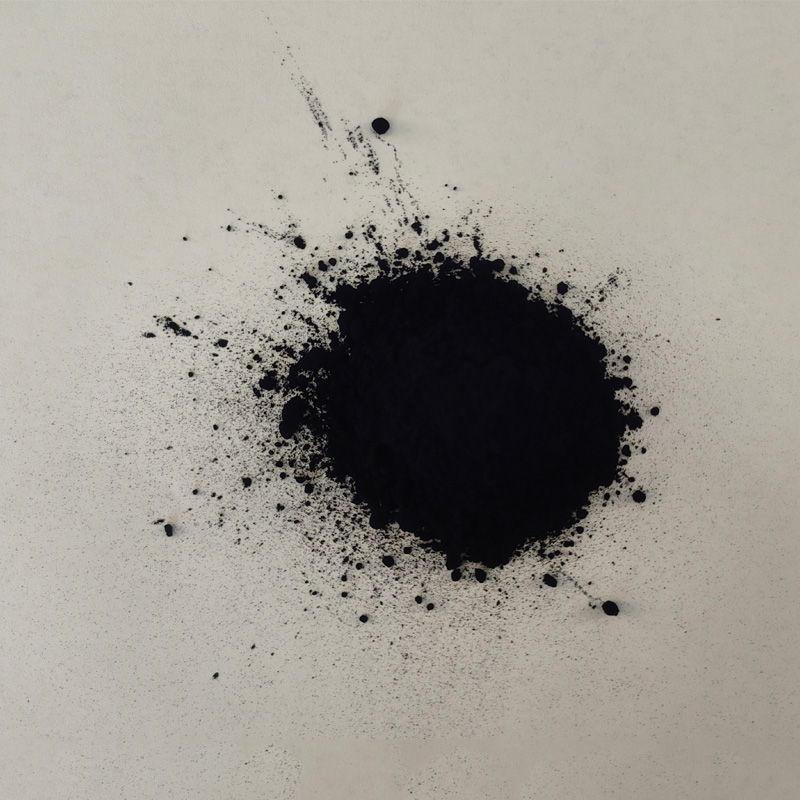
- African
- ئالبانىيە
- Amharic
- ئەرەبچە
- ئەرمىنىيە
- ئەزەربەيجان
- Basque
- بېلورۇسىيە
- Bengali
- Bosnian
- بۇلغارىيە
- Catalan
- Cebuano
- كورسىكان
- كىرودىيە
- چېخ
- Danish
- گوللاندىيە
- ئىنگىلىزچە
- Esperanto
- ئېستونىيە
- فىنلاندىيە
- فىرانسۇزچە
- Frisian
- Galician
- گرۇزىيە
- German
- گرېتسىيە
- Gujarati
- ھايتى كرېئول
- hausa
- hawaiian
- ئىبرانىي تىلى
- ياق
- Miao
- ۋېنگرىيە
- ئىسلاندىيە
- igbo
- ھىندونېزىيە
- irish
- Italian
- ياپون
- Javanese
- Kannada
- kazakh
- Khmer
- رىۋاندا
- كورېيە
- كۇرد
- قىرغىزىستان
- TB
- لاتىنچە
- Latvian
- لىتۋانىيە
- لىيۇكسېمبۇرگ
- ماكېدونىيە
- Malgashi
- مالايسىيا
- Malayalam
- Maltese
- Maori
- Marathi
- موڭغۇل
- بېرما
- نېپال
- نورۋېگچە
- نورۋېگچە
- Occitan
- پۇشتۇ
- پارسچە
- پولشا
- پورتۇگال تىلى
- Punjabi
- Romanian
- رۇسچە
- Samoan
- شوتلاندىيە گال تىلى
- سېربىيە
- ئىنگىلىزچە
- Shona
- سىندى
- Sinhala
- سلوۋاكىيە
- سىلوۋېنىيە
- سومالى
- ئىسپانچە
- Sundanese
- Swahili
- شىۋىتسىيە
- Tagalog
- تاجىك
- تامىل
- تاتار
- Telugu
- تايلاند
- تۈرك
- تۈركمەنلەر
- ئۇكرائىنا
- ئوردۇچە
- ئۇيغۇر
- ئۆزبېك
- ۋېيتنام
- Welsh
- ياردەم
- Yiddish
- يورۇبا
- Zulu
Denim Indigo Dye Supports Sustainable Fashion
The global denim industry, long defined by its reliance on denim indigo dye, is undergoing a radical transformation as sustainability becomes non-negotiable. Traditional indigo dyeing, historically dependent on synthetic indigo dyes and resource-intensive processes, has faced criticism for its environmental toll—excessive water consumption, toxic chemical runoff, and carbon-intensive production. However, the emergence of natural indigo powder suppliers and advanced dye technologies is rewriting this narrative.Meanwhile, microwave-assisted synthesis of indigo dyes slashes reaction times and solvent use, offering a cleaner alternative to conventional methods.

The Allure of denim indigo dye
Denim, a fabric that has become a staple in wardrobes around the world, owes much of its iconic look to indigo dye. denim indigo dye gives denim its characteristic blue hue, creating a timeless aesthetic that has endured for generations. But beyond its visual appeal, there's a growing movement to make the dyeing process more sustainable.
The traditional method of dyeing denim with indigo dye has often been resource - intensive. Large amounts of water are used, and in many cases, synthetic chemicals are added to achieve the desired color. However, in the era of sustainable fashion, there's a push to change this. Natural alternatives are being explored, and natural indigo powder is emerging as a key player.
The Rise of Natural indigo powder
Natural indigo powder is derived from plants, primarily the Indigofera tinctoria. This plant - based source offers several advantages over synthetic dyes. Firstly, it's a renewable resource. Unlike synthetic dyes that are made from petrochemicals, the plants used to produce natural indigo powder can be cultivated and harvested repeatedly.
Secondly, the production process of natural indigo powder has a lower environmental impact. It requires less energy compared to the manufacturing of synthetic dyes. When used in denim dyeing, it also reduces the amount of harmful chemicals released into the environment. This is crucial as the fashion industry is one of the largest polluters globally, and the dyeing process is a significant contributor to that pollution.
Natural Indigo Powder: Reviving Ancient Wisdom for Modern Fashion
Natural indigo powder, derived from the Indigofera plant, is gaining traction as a sustainable alternative to synthetic dyes. Unlike its chemical counterpart, natural indigo avoids harmful substances like sodium hydrosulfite, which pollute waterways and endanger ecosystems. Traditional fermentation methods, though time-consuming, use organic additives like rice wine and plant mixtures to stabilize dye vats, reducing reliance on toxic chemicals.
Innovations in Indigo Dye Application: Balancing Aesthetics and Ecology
The denim industry is reimagining indigo dye application through cutting-edge technologies. Laser finishing, ozone treatments, and waterless processes are replacing toxic methods like potassium permanganate spraying, which historically contaminated water systems.Another breakthrough is electrochemical reduction, which substitutes chemical reducers like dithionite with renewable iron complexes. A 2023 pilot project demonstrated that this method cuts chemical use by 70% while maintaining color consistency. Similarly, natural indigo powder is being paired with nitrogen-based dyeing systems to reduce water consumption by up to 50%, proving that sustainability need not compromise quality.
FAQ About Making the Switch to Sustainable denim indigo dye
Why should consumers care about sustainable denim indigo dye?
Consumers should care because sustainable denim indigo dye production has a positive impact on the environment. It reduces water pollution, conserves resources, and promotes ethical farming practices. By choosing denim dyed with sustainable methods, consumers can contribute to a more sustainable fashion industry.
How can fashion brands promote the use of natural indigo powder in denim indigo dye?
Fashion brands can start by educating their customers about the benefits of sustainable dyeing. They can also collaborate with sustainable suppliers of natural indigo powder and invest in research and development to improve the dyeing process. Additionally, highlighting their sustainable practices in marketing can attract environmentally - conscious consumers.
Are there any challenges in using natural indigo powder for large - scale denim production?
One of the main challenges is scaling up production while maintaining quality. Ensuring a consistent supply of high - quality natural indigo powder can be difficult. There's also a need to adapt existing industrial dyeing equipment and processes to work optimally with natural indigo powder. However, with innovation and investment, these challenges can be overcome.
Can sustainable denim indigo dye still offer the trendy look that consumers expect?
Absolutely,The unique character of indigo - dyed denim, such as its fading patterns over time, is still achievable with sustainable methods. In fact, the slightly irregularities and natural variations in color that can occur with natural indigo powder can add to the aesthetic appeal, giving denim a more artisanal and trendy look.
How can individuals support the use of sustainable denim indigo dye?
Individuals can support sustainable denim indigo dye by choosing to buy denim products that are labeled as being dyed with sustainable or natural methods. They can also spread the word about the importance of sustainable fashion and encourage their friends and family to make more eco - friendly choices.
In conclusion, denim indigo dye, especially when made from natural indigo powder, has the potential to transform the denim industry towards a more sustainable future. By addressing the challenges and embracing the opportunities, we can continue to enjoy our favorite denim pieces while also protecting the planet. Let's all do our part in choosing sustainable fashion options and make a difference in the world of fashion.
-
Black Sulfur Elevates Material Durability
خەۋەرلەرAug.28,2025
-
The Alchemist's Indigo: A Forgotten Dye Of The Ancient World
خەۋەرلەرAug.28,2025
-
Sustainable Sulphur Black Dyeing: Eco-Friendly Methods For Textile Factories
خەۋەرلەرAug.28,2025
-
Sulfur Black Dyes: The Superior Choice For Industrial Applications
خەۋەرلەرAug.28,2025
-
Indigo Blue: History And Cultural Significance
خەۋەرلەرAug.28,2025
-
Global Sulphur Black Suppliers: Market Trends And Future Demand
خەۋەرلەرAug.28,2025
-
Agriculture And Natural Dye Sources: Fabric With Indigo Grains
خەۋەرلەرAug.28,2025

گۈڭگۈرت قارا
1.Name: sulphur black; Sulfur Black; Sulphur Black 1;
2.Structure formula:
3.Molecule formula: C6H4N2O5
4.CAS No.: 1326-82-5
5.HS code: 32041911
6.Product specification:Appearance:black phosphorus flakes; black liquid

Bromo Indigo; Vat Bromo-Indigo; C.I.Vat Blue 5
1.Name: Bromo indigo; Vat bromo-indigo; C.I.Vat blue 5;
2.Structure formula:
3.Molecule formula: C16H6Br4N2O2
4.CAS No.: 2475-31-2
5.HS code: 3204151000 6.Major usage and instruction: Be mainly used to dye cotton fabrics.

Indigo Blue Vat Blue
1.Name: indigo blue,vat blue 1,
2.Structure formula:
3.Molecule formula: C16H10N2O2
4.. CAS No.: 482-89-3
5.Molecule weight: 262.62
6.HS code: 3204151000
7.Major usage and instruction: Be mainly used to dye cotton fabrics.
